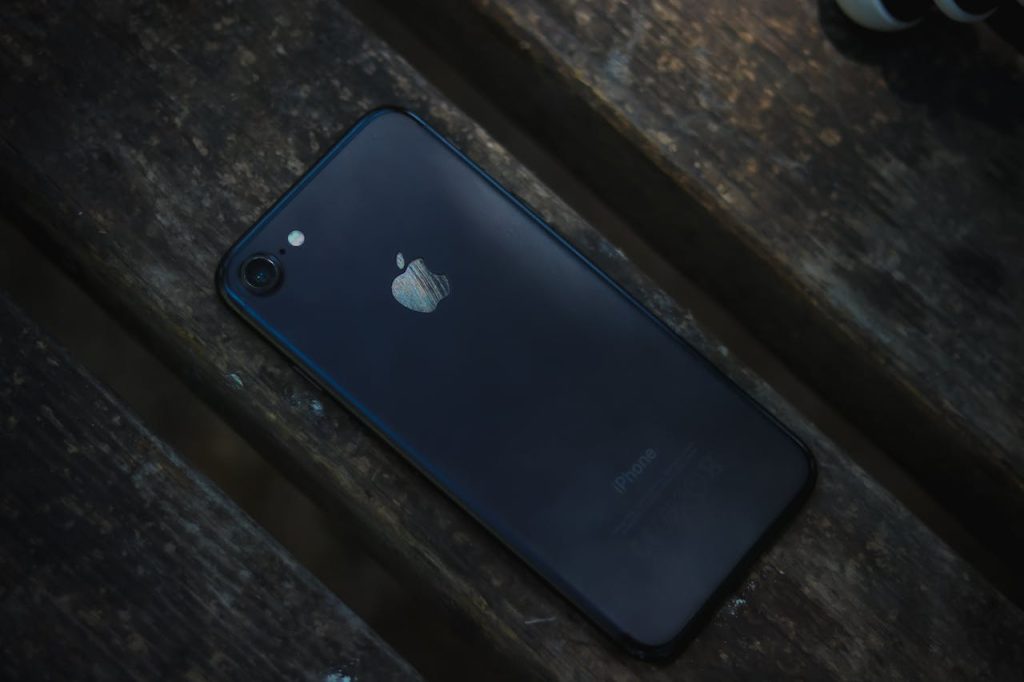As American consumers accelerated purchases ahead of possible tariff-driven price hikes, Apple reported a sharp increase in iPhone sales during the June quarter, exceeding Wall Street expectations. Due to a combination of the new device’s popularity and strategic purchasing behavior prompted by trade concerns, iPhone revenue increased by more than 13%, the highest growth in years. Demand was also increased by the release of a less expensive iPhone earlier in the year. Following the announcement, Apple’s stock increased by roughly 3% in after-hours trading. The quarter’s total revenue of $94 billion represented an approximate 10% increase over the same period the previous year.
iPhone sales surge as consumers buy before tariffs hit
“The company saw obvious signs of pull-ahead demand related to tariffs earlier in the quarter,” said CFO Kevan Parekh. He calculated that tariff-related purchases accounted for around one-sixth of the iPhone’s growth, with “very strong upgrade performance in general” driving the remaining portion.
A 20% tariff on Chinese imports cost Apple a lot of money, even though front-loaded consumer demand provided a temporary boost. The company increased iPhone shipments from India in an effort to lessen exposure. The pressure was partially relieved by gross margins, which came in at 46.5%, higher than analyst expectations of 45.9%.
CEO Tim Cook warned that Apple expects its tariff costs to rise from $800 million in the June quarter to $1.1 billion in the July-to-September quarter. That number might increase even more. When an exemption protecting smartphones from new reciprocal tariffs expires, iPhones made in India might be subject to new taxes. President Trump’s announcement of new tariffs on India this week increased the risk.
Another surprising bright spot was Apple’s performance in China, where regional sales increased 4% following a run of quarterly declines. In the meantime, the company’s services division, which includes subscriptions and the App Store, reported a 13% increase in revenue to $27.4 billion.
Investors remain cautious
Investor sentiment is still cautious, though. Apple is trailing the tech industry’s aggressive push into artificial intelligence, even though it exceeded forecasts this quarter. Apple has not presented a clear AI strategy that can lead to significant hardware upgrades, in contrast to Microsoft and Meta, which demonstrated observable AI-driven growth.
Apple’s conservative spending, compared to competitors like Amazon, Google, and Meta, hasn’t shielded its stock from the impact of its unclear AI strategy. Investors are also closely watching the outcome of Google’s antitrust trial, which could jeopardize a highly profitable deal that makes Google the default search engine in Apple’s Safari browser. Due to its high-margin structure, the deal contributes almost 20% of Apple’s operating profit even though it only makes up 6% of its revenue.
Another important source of income is in jeopardy as a U.S. judge has ordered Apple to give app developers more freedom to sell digital goods outside of its App Store.
In the future, Apple intends to increase profits by releasing a more expensive, svelte iPhone in September as it attempts to manage trade obstacles, regulatory scrutiny, and mounting pressure to demonstrate advancements in AI innovation.
Featured Image Credit: Hasan Albari; Pexels: Thank You!















